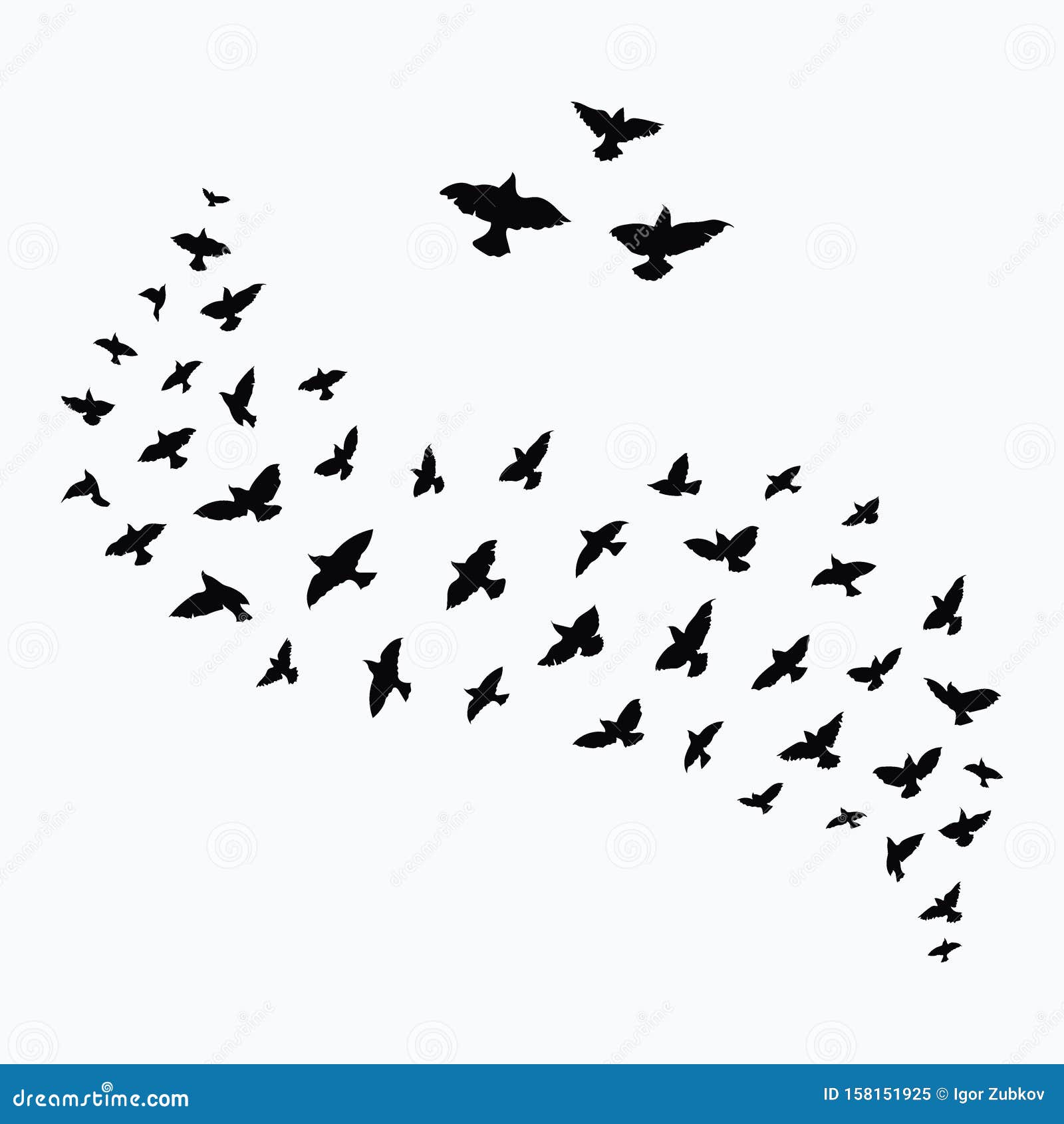


“How a Flock of Birds Can Fly and Move Together” (April, 2009) įiled Under: I Wonder.Murmuration (noun): A large group of birds, usually starlings, that all fly together and change direction together, or the act of birds doing this. “Managing Habitats for Migrating Land Birds in the Western Lake Erie Basin” (2008) Energy Savings in Formation Flight of Pink-Footed Geese. Retrieved May 5, 2017, from īy Hamid Hajihusseini ( ), via Wikimedia Commons Birds that Fly in a V Formation Use An Amazing Trick. “Not Exactly Rocket Science, A Blog by Ed Yong”. It is absolutely worth watching this two-minute video from National Geographic to see a murmuration in action:īy Kyle Schriber, Nature Museum Volunteer Starlings are well-known for their flocking behavior, and there is even a specific term - a murmuration - to describe a flock of starlings. The whole flock moves as one in order to protect every member. It’s difficult for a predator to single out an individual from the flock, and a bird that leaves the flock is more likely to be eaten by a predator. It’s a defense mechanism that protects against predators: every bird is safer when they’re in the flock. īut wait, there’s more: There are other flying formations that the classic “v”! When birds flock in large groups in the air, this is also a deliberate formation. And no, migrating emus do not run in formation. Not all migrating birds even fly, for that matter: the flightless emu from Australia migrates too, but does so on foot. Not all migrating birds fly in a v-shape: varieties of hummingbirds, finches, and sparrows all migrate, but these birds are too small to gain an energy-saving benefit from flying in formation. Birds and jets are both able to gain extra lift by flying in the updraft that is created by the flyer in front of it. This is also why a squadron of jets will adopt the same v-shape: it takes less fuel for the aircraft to fly. That’s where the v-formation comes in handy: scientific studies have shown that geese flying in formation may spend only half as much energy than if they flew alone or in some other shape. Animals will need less food, and the migration will take less time. Migration over long distances requires a lot of energy, so when migrating it is a great advantage for animals to save energy however possible. Migration is the seasonal movement of animals in search of food sources or breeding grounds: geese fly south during the winter to find food and water sea turtles travel between nesting sites on land and their feeding grounds on the coast and college students return to their parents’ homes in May when the cafeteria closes.

Geese, pelicans, and ibises are examples of birds that migrate. What do these birds have in common, and what benefit do they gain from flying in a “v” shape? But geese aren’t the only birds to fly in an orderly pattern: pelicans and ibises adopt the same v-shape when flying in flocks. If you’ve spent a year in the United States, then you’ve heard the honks and seen the distinctive v-shaped flying pattern of Canada geese.


 0 kommentar(er)
0 kommentar(er)
